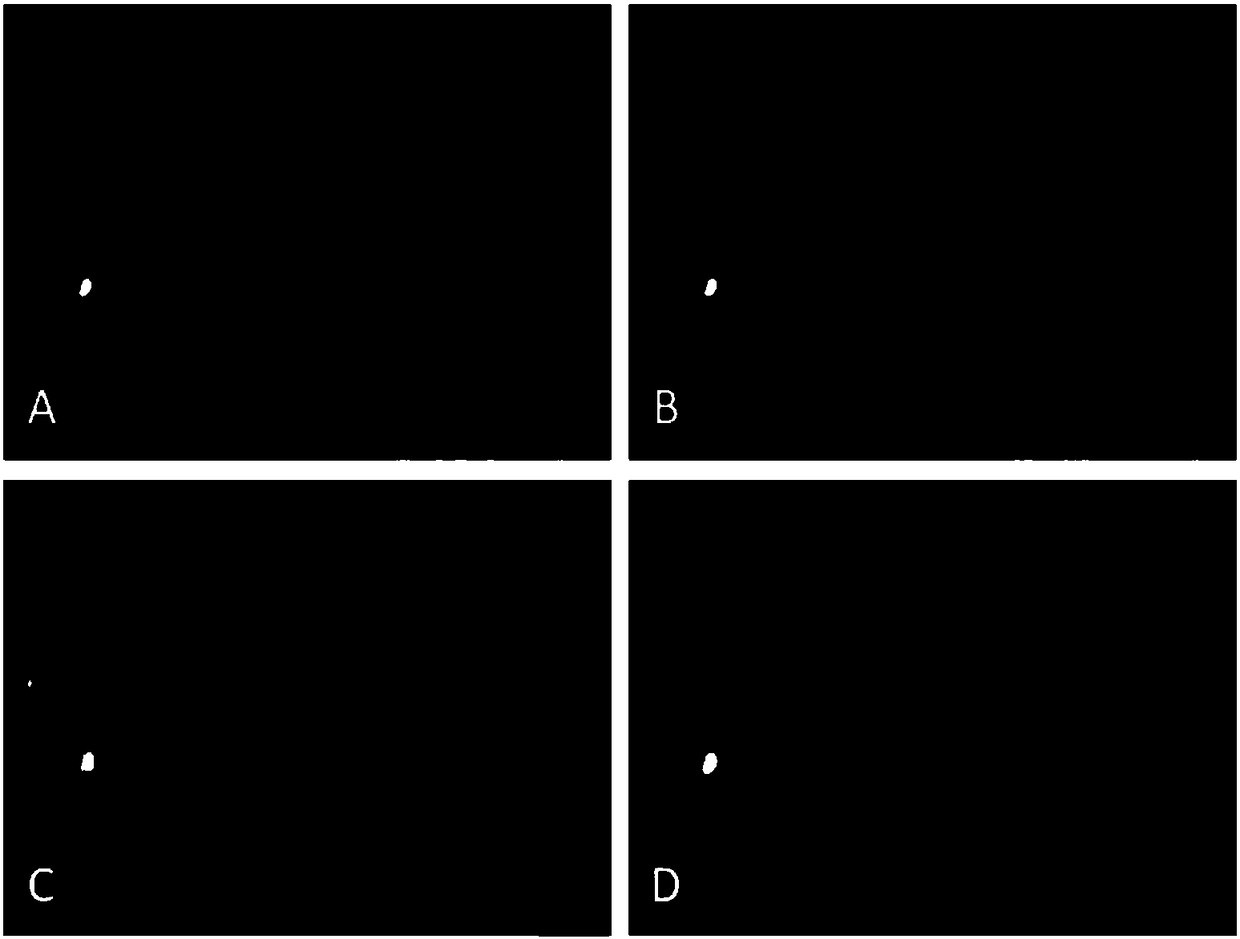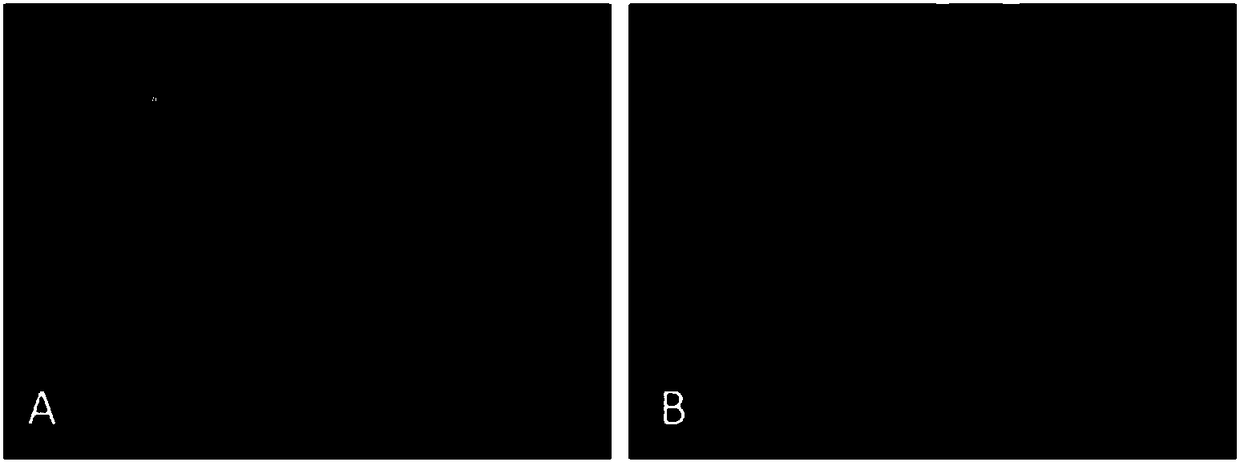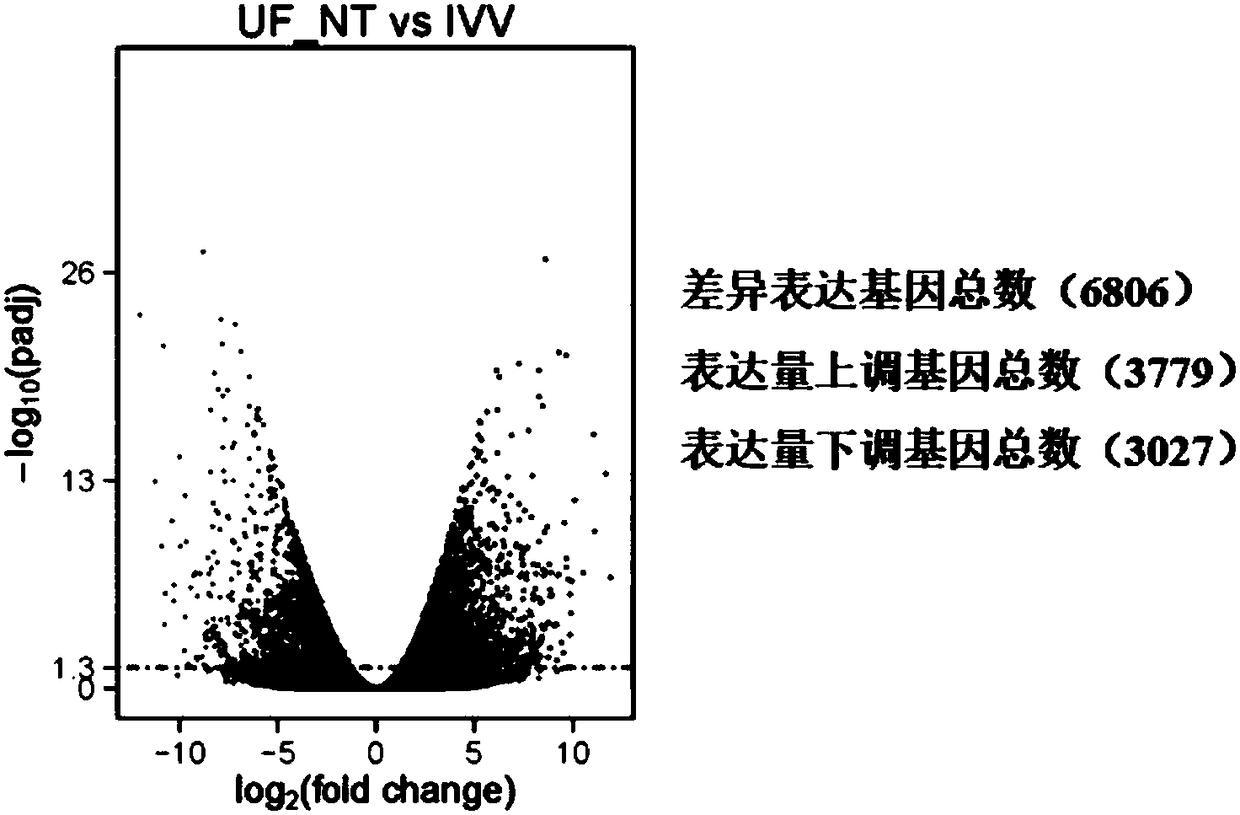Method for improving development efficiency of porcine cloned embryo
A high-efficiency technology for cloning embryos, applied to embryonic cells, biochemical equipment and methods, microorganisms, etc., can solve the problem of low development efficiency of cloned embryos
- Summary
- Abstract
- Description
- Claims
- Application Information
AI Technical Summary
Problems solved by technology
Method used
Image
Examples
Embodiment 1
[0028] Embodiment 1 The method for improving the developmental efficiency of pig cloned embryos of the present invention
[0029] 1: Collection method of sow uterine fluid
[0030] Select a 24-month-old healthy sow identified as 5 days after estrus in the pig farm, remove the uterus after slaughter, and transport it to the laboratory within 2 hours. First wash the surface with normal saline, then use scissors to cut the uterus from the umbrella of the fallopian tube to the uterine horn, and use the rubber tube of a small vacuum pump in the molecular laboratory to connect the tip of a 200μl pipette along the inner wall of the sow’s uterus to absorb the surface of the endometrium. liquid and collected into 15ml centrifuge tubes. By this method, about 10-15ml of uterine fluid can be collected from the uterus of a sow. Thereafter, filter-sterilize with a 0.2 μm diameter filter. Freeze at -80°C, valid for more than one year. Calculated by adding sow uterine fluid with a volume ...
Embodiment 2
[0042] Example 2 Detection of Gene Expression and Cloning Efficiency of Pig Cloned Embryos Cultured with Sow Uterine Fluid
[0043] 1: The specific steps of the collection method of sow uterine fluid, the in vitro maturation culture of pig oocytes, the culture of pig skin fibroblasts and the method of somatic cell nuclear transfer are the same as in Example 1.
[0044] 2: Comparative analysis of gene expression in early embryos
[0045] 70 cloned embryos in the control group and cloned embryos treated with uterine fluid at a volume concentration of 1% were constructed, cultured for 48 hours, and 5 cloned embryos divided to the 4-cell stage were selected for transcriptional library and sequencing of individual embryos. At the same time, a sow of the same strain was bred with the semen of the same boar from which the cloned embryos were constructed, and the sow's uterus was slaughtered about 48 hours after mating and transported to the laboratory. Fix the front end of the uteri...
PUM
 Login to View More
Login to View More Abstract
Description
Claims
Application Information
 Login to View More
Login to View More - R&D
- Intellectual Property
- Life Sciences
- Materials
- Tech Scout
- Unparalleled Data Quality
- Higher Quality Content
- 60% Fewer Hallucinations
Browse by: Latest US Patents, China's latest patents, Technical Efficacy Thesaurus, Application Domain, Technology Topic, Popular Technical Reports.
© 2025 PatSnap. All rights reserved.Legal|Privacy policy|Modern Slavery Act Transparency Statement|Sitemap|About US| Contact US: help@patsnap.com



